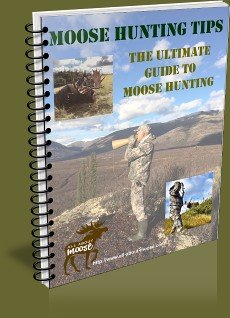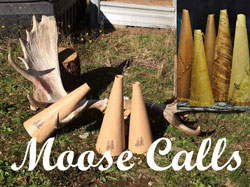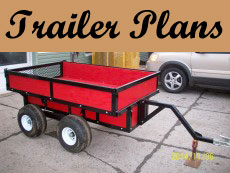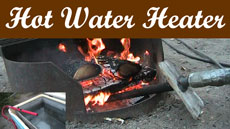Difference Between a Bull and Cow Moose Track?
by Mike
(Flin Flon, Manitoba, Canada)
I've heard that you can tell a bull track from a cow track because bulls leave a extra spike point behind their track and cows don't. Is this just a bunch of bull?
This is a hotly debated subject Mike, some people believe the same is true for deer. The short answer is 'yes', it is bull!
Moose Tracks
In my opinion, I agree with those who do not believe the dew claw marks left on the ground are a good indicator of the sex of a moose.
A better way to tell the difference between a bull and cow moose track is through the following observation.
Because cow moose or female deer give birth they have a wider pelvic girdle than males. Therefore it stands to reason the rear leg spread (the distance between the legs) will be wider than that of a male.
The tracks left behind by the female will show the rear foot as being set to the outside of the front foot, whereas the male footprint will be set in line with or slightly to the inside. In other words, when looking at the right hand side moose tracks the rear print will be (from a cow moose)on top of and to the right of the front track.
This method too has its inaccuracies. Immature animals that have not fully developed their bone structure will not leave the same sign in the soil.
Editors Update: Dr. Vince Crichton Certified Wildlife Biologist has informed me this is not true in all cases.
Similar Characteristics
The dew claw marks that you mention can be left by both sexes of moose. It really depends upon the terrain being traveled, the speed of movement and the size of the animal.
Obviously a larger and heavier animal will have bigger tracks and leave deeper impressions. The deeper into the soil a foot goes the more likely the dew claw will leave an impression.
We know that the male of the moose species is larger than that of the female, so seeing dew claw marks on the ground may lead us to believe they were left by a bull moose.
Bull and Cow Moose Tracks in Snow
Identifying the difference between a bull and cow moose track in the snow is going to be more difficult. Both animals, male and female are going to leave behind dew claw marks. You will need to study the tracks closely to determine which sex made the track.
T.R. Michels made the following observation about buck deer traveling in snow. He noted that because of the extra weight of antlers on the head and shoulders of trophy sized deer, the buck actually has to swing its front leg in a slight arc in order to continue its stride. These slight arc movements leave a drag mark in the snow.
I have not observed this this with bull moose but it could happen as well.
I hope this answers your question. ~ Mark
Comments for Difference Between a Bull and Cow Moose Track?
|
||
|
||
|
||
|
||
|
||
|
Click here to add your own comments Join in and write your own page! It's easy to do. How? Simply click here to return to Ask An Expert. |
Want to learn how to hunt moose? Or are you wanting to increase your moose hunting skills?
Look no further!
Our moose hunting tips book is written with
not just the novice in mind, there are tips in the book that even the
most seasoned moose hunter will find of value.
The book includes 57 chapters, with more than 150 pages of information, jam packed with tips, techniques and discussions - The Ultimate Guide to Moose Hunting!
And don't forget to order one of our Fiberglass Moose Calls. In stock and ready to ship.






